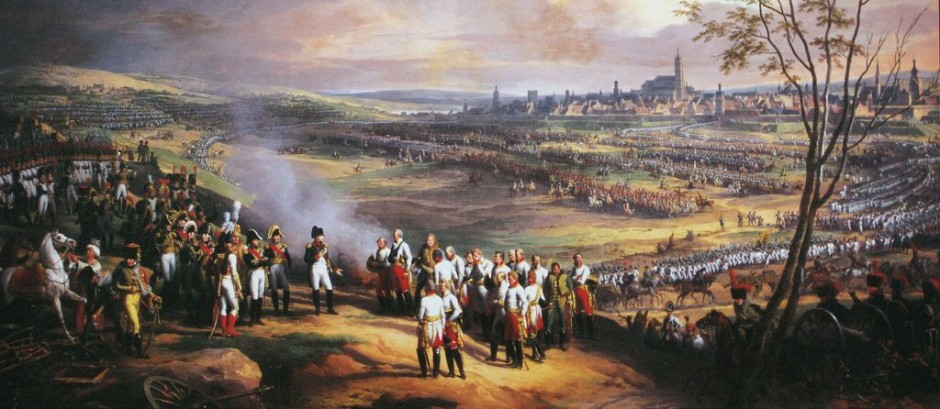Use of Historical Evidence
In order to make judgments and form opinions about past events, historians need to gather as much information/evidence as possible. They use a variety of sources for this – written sources, speeches, photographs, cartoons, posters. Much of the evidence historians use is contradictory, reflecting the different opinions and perspectives of the people who produced the sources. Therefore, historians have to analyze these sources very carefully in order to form their own judgments about the past.
In much the same way, you will be faced with a variety of different historical sources in your coursework, on tests and during examinations. You will need to be able to analyze these sources in the light of your own subject knowledge. The key word here is analyze. This means going beyond basic comprehension of what a source is saying or showing, and asking yourself questions about how reliable the source is and why it appears to contradict what some other sources suggest.
At face value, the sources will provide material that supports or undermines the hypothesis. However, good students will demonstrate – by interpreting and evaluating the sources in their historical context – how to use the sources as evidence rather than merely as information. It should be stressed that these questions ask about the sources and their adequacy as evidence to test the hypothesis in the questions, rather than about the events with which the sources deal. Knowledge of the events is not the prime objective, although students should use their knowledge in order to cope more effectively with the sources.
